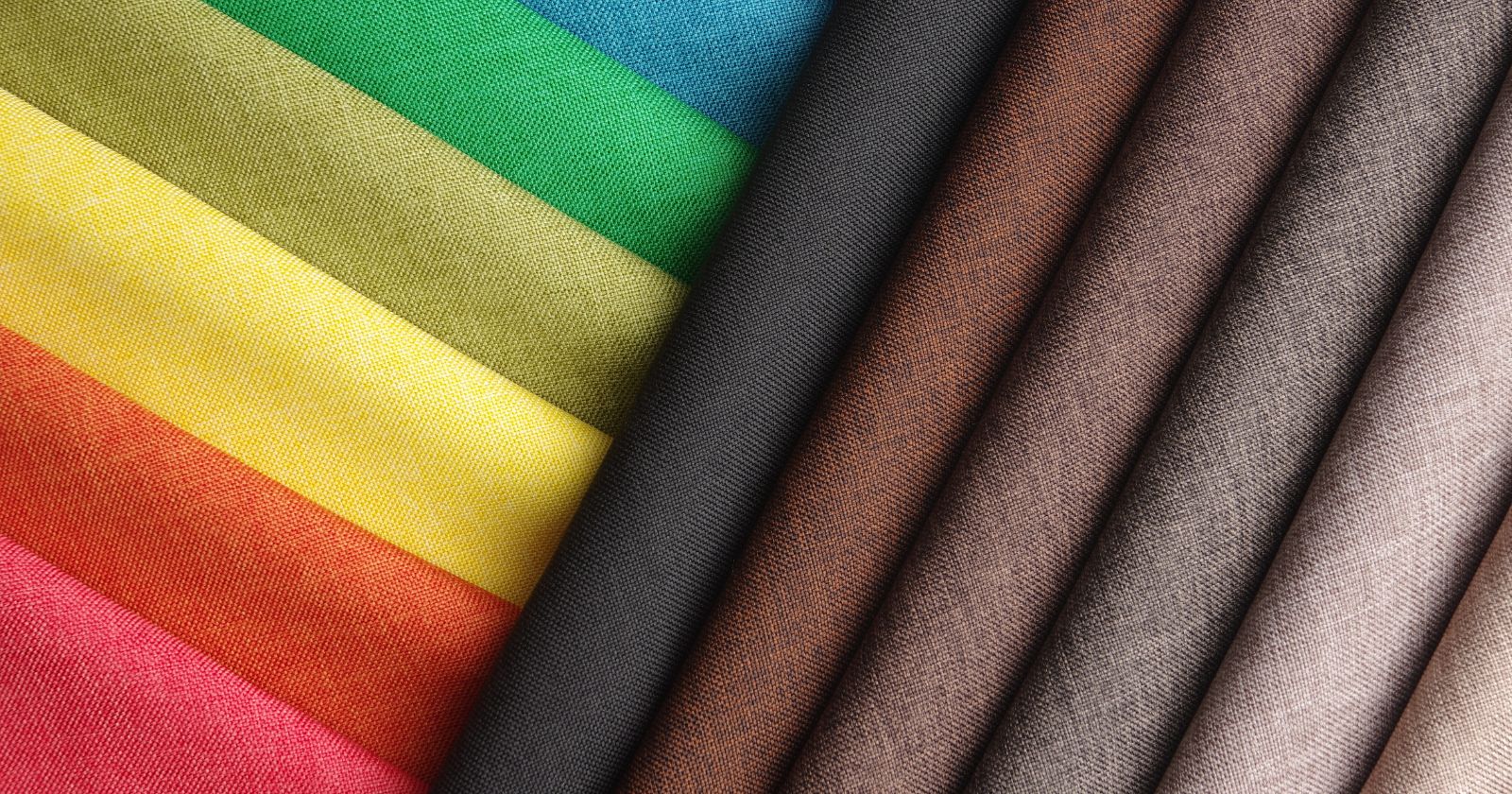Nylon and polyester are both synthetic fabrics made from petroleum products. Fabric made from nylon fibers is softer, stretchier, and has a better drape. In comparison, polyester is stiffer, but has much better breathability and moisture wicking. Both nylon and polyester fabrics are strong, easy to care for, and stay relatively wrinkle-free.
Check out the comparison table below:
Nylon vs Polyester Comparison Table
| Property | Nylon | Polyester |
|---|---|---|
| Other Names | – | PET (polyethylene terephthalate) |
| Made From | Nylon is a synthetic polymer made from materials derived from petroleum. | Polyester is a synthetic fabric made using petroleum products, although it is increasingly made from recycled plastic bottles. |
| Advantages | Strong, lightweight, and easy to care for. | Very high durability, with good breathability and moisture wicking makes polyester a very practical fabric. Can be mass produced at low cost. |
| Disadvantages | Significant environmental concern. | Significant environmental concern. |
| Uses | Used extensively in fashion to make a wide range of items. | As a fabric, polyester is used widely in apparel and furnishings. Other uses include bottles and LCD displays. |
| Natural or Synthetic | Synthetic | Synthetic |
| Woven or Knitted | Either | Either |
| Thread Count | – | 200-1000 |
| Washing | Machine washable in hot or cold water (check label for which one is best for your garment). May last longer if hand washed. | Typically fine in the washing machine, but watch out for blends that need to be hand washed or washed in cooler water (always check the label first) |
| Drying | May wrinkle if dried in a dryer at hot settings. Opt for cooler settings or air dry. | Normally fine in a tumble dryer with a low heat setting (check the label first) |
| Ironing | Iron only on the lowest heat section without steam. Use a pressing cloth. Be careful because nylon can burn easily. | Can be ironed, typically on warm settings. Turn it inside out and use a covering cloth and steam to reduce direct heat. Too much heat can melt the garment. |
| Wrinkle Resistance | Don’t tend to wrinkle | Don’t tend to wrinkle |
| Heat Retention | Medium | Medium |
| Moisture Wicking | Medium | Good |
| Breathability | Poor | Very Good |
| Stretchability | High | Medium |
| Flammability (untreated) | Medium (tends to melt rather than burn) | High (tends to melt rather than burn) |
| Water-Resistance (untreated) | Medium | Medium |
| Color-Fastness | Poor | Good |
| Strength | Excellent | Very Good |
| Durability | Excellent | Excellent |
| Drape | Fluid | Stiff |
| Softness | Good | Medium |
| Environmental Impact Score (A is best, E is worst) | Virgin Nylon = E, Chemically Recycled Nylon = B, Mechanically Recycled Nylon = A | Virgin Polyester = D, Chemically Recycled Polyester = B, Mechanically Recycled Polyester = A |
| Sustainability Issues | Nylon is a plastic. It does not degrade and requires significant energy, chemicals, and waste to create. We recommend only using recycled nylon products. | Polyester is a plastic. It does not degrade and requires significant energy, chemicals, and waste to create. We recommend only using recycled polyester products. |
| Vegan | Yes | Yes |


